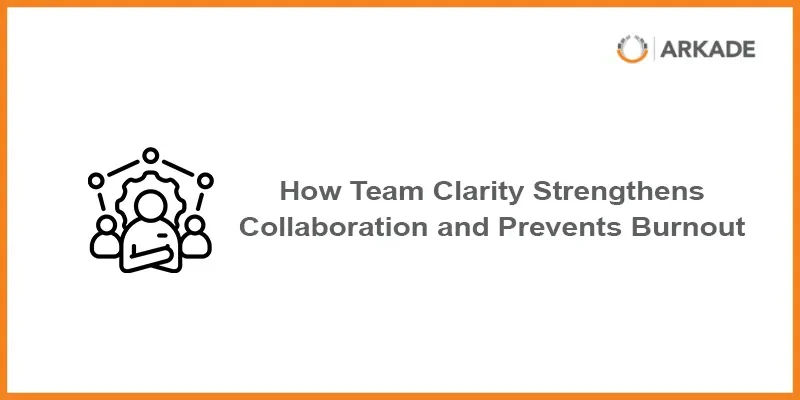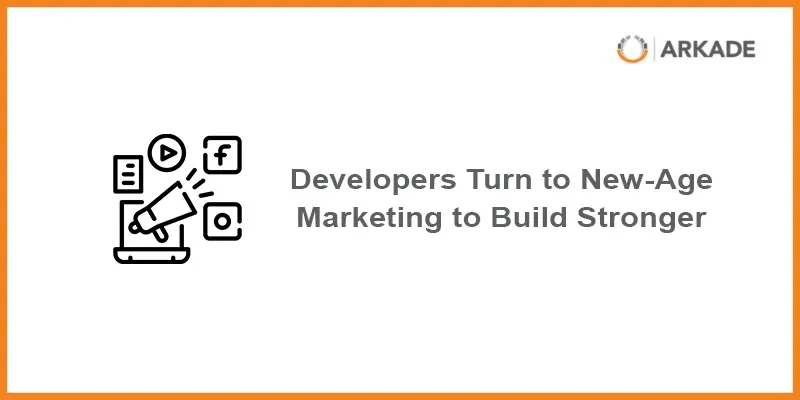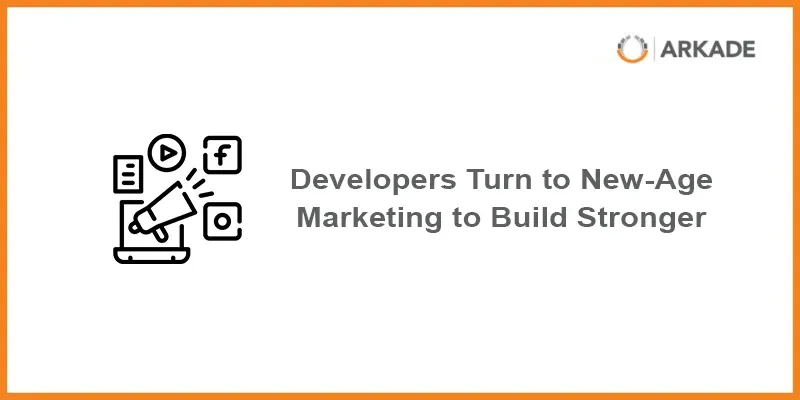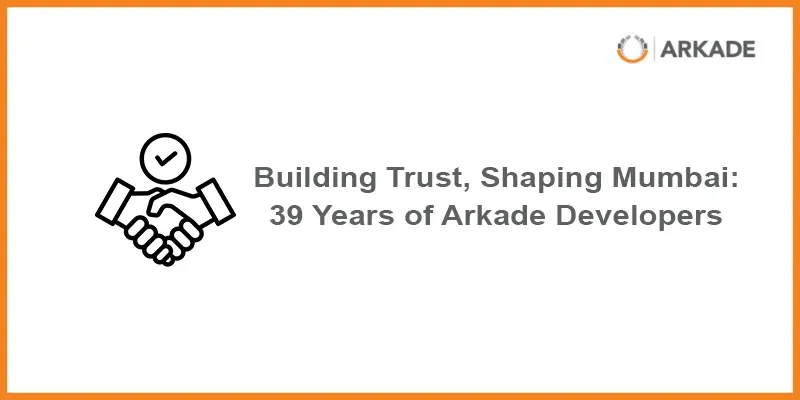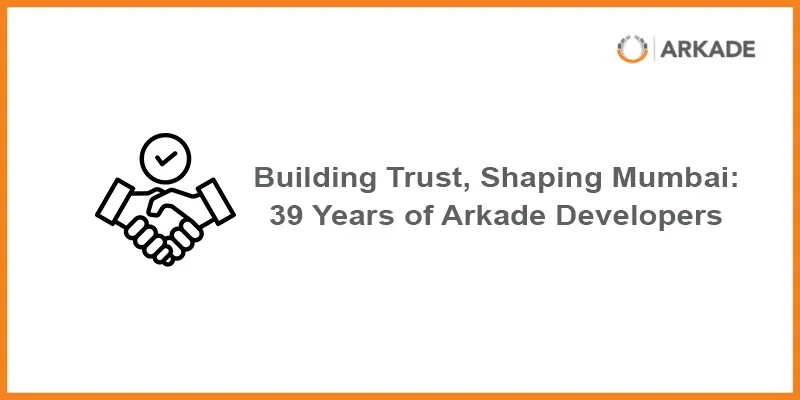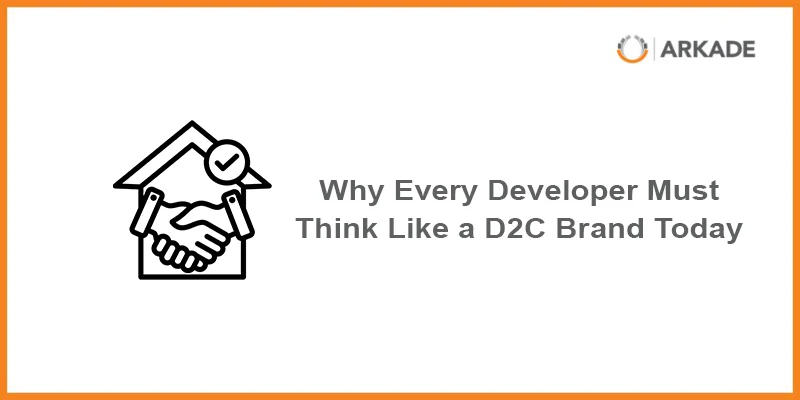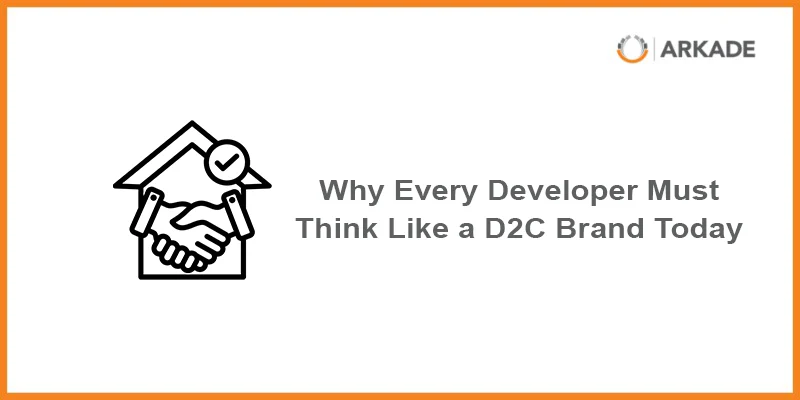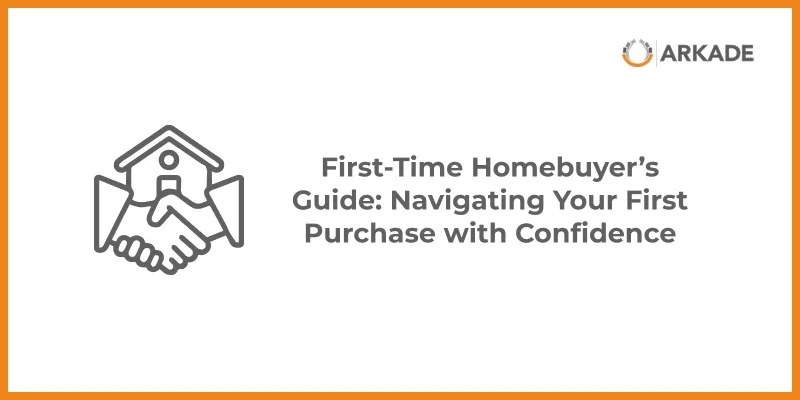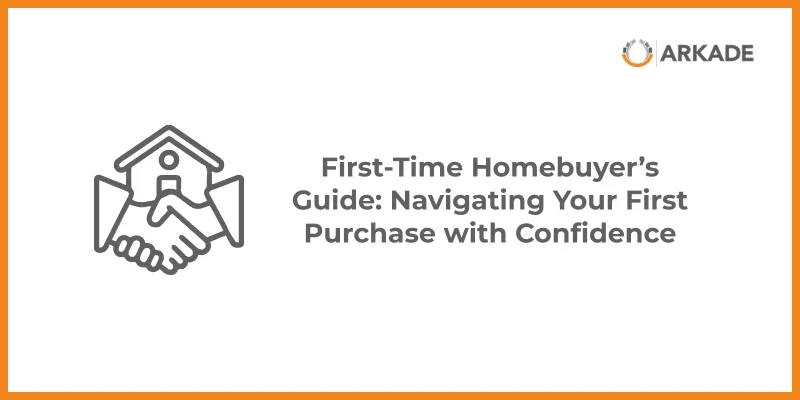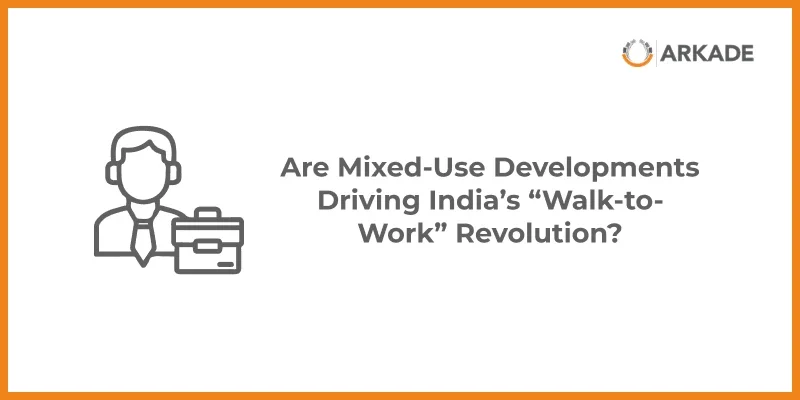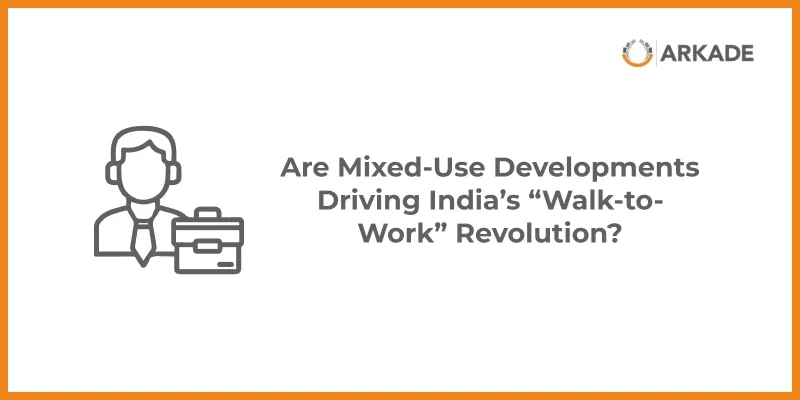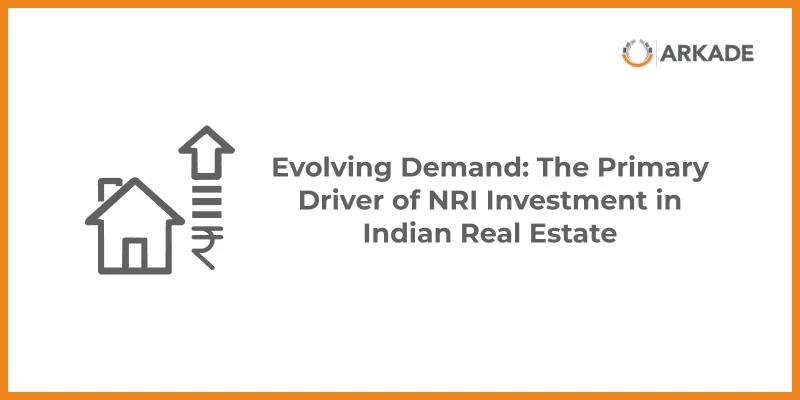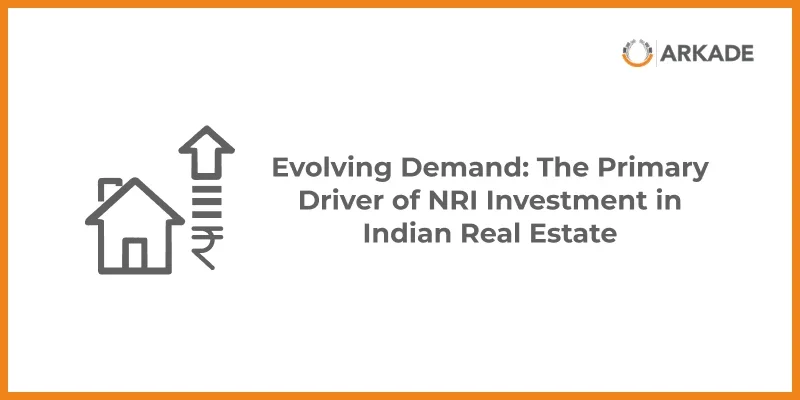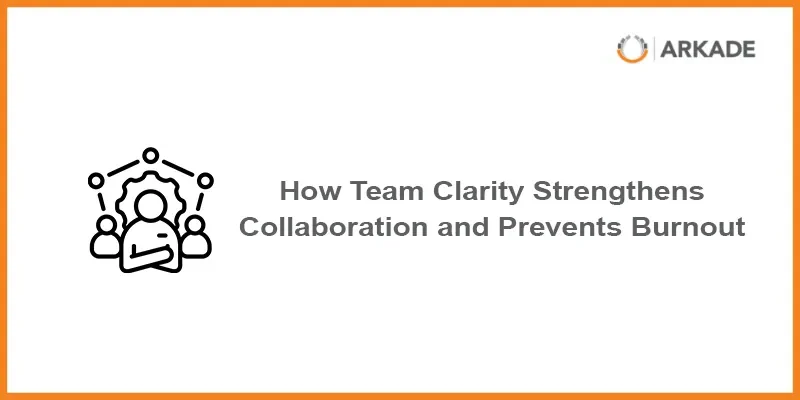
How Team Clarity Strengthens Collaboration and Prevents Burnout
By Mr. Shreyas Oke, HR Head, Arkade Developers Limited
Clarity is not simply communication practice, it is the basis on which collaboration, accountability and resilience is achieved. In fast-paced, project-driven industries such as real estate, structure, process and expectations is not optional- it is essential for both performance and employee well-being.
Building Clarity from the Start
Effective clarity begins with an employee’s entry point. Well-designed induction and on boarding processes that go beyond paperwork and policies are critically important. To use another example, it is important to take newly hired people through roles-based SOPs, initiate them into the operations of their colleagues, and show them completed or ongoing projects to help connect individual responsibilities with the larger mission. A buddy system within the first week, along with regular HR check-ins after one, three and six months ensures expectations remain aligned and challenges are addressed promptly. Not only does this reduce learning curves but it also creates psychological safety by decreasing uncertainty.
Clarity in Organisational Design
In project driven workplace cultures, the roles are fluid across functions. This fluidity when not guided is very easily chaotic. Defined reporting lines, review timelines and accountability, or responsibility charts are avoided. Structured forums, e.g., monthly interdepartmental meetings, are also necessary to foster cross-functional knowledge coinciding with the dismantling of departmental barriers. Organisations can use interdependency and make it explicit, that helps employees to navigate through transitions with confidence without losing collaborative energy.
Impact on Engagement and Retention
Clarity is closely linked with engagement. Employees will feel a sense of purpose and ownership when they observe how their functionality translates into greater missions. In high-pressure situations, this feeling of synergy minimizes friction, avoids doubling of efforts and also serves as a guard against burnout. To increase a sense of belonging, initiatives such as cross-functional meetings or tours of the project site can also be built up, providing employees with concrete data on their contribution. In the long run, these practices will develop trust, motivation and higher retention.
Measuring Signals of Clarity
Clarity needs to be created and sustained, it does not maintain itself. Leaders can detect gaps with easy but telling signs such as repeated questions regarding responsibilities, slow decision-making and confusion on priorities shown by employees. Clearer pictures can be formed through scheduled clarity surveys or periodic check ins on whether teams are aware of roles, goals and interdependencies. Early intervention in these gaps can help to avoid confusion from escalating into disengagement or burnout.
Clarity is not just a matter of smoother workflows it is a leadership discipline that sustains collaboration and protects against burnout. By embedding clarity into on boarding, organisational design and ongoing team practices, leaders create environments where employees can perform with focus, energy and purpose.
